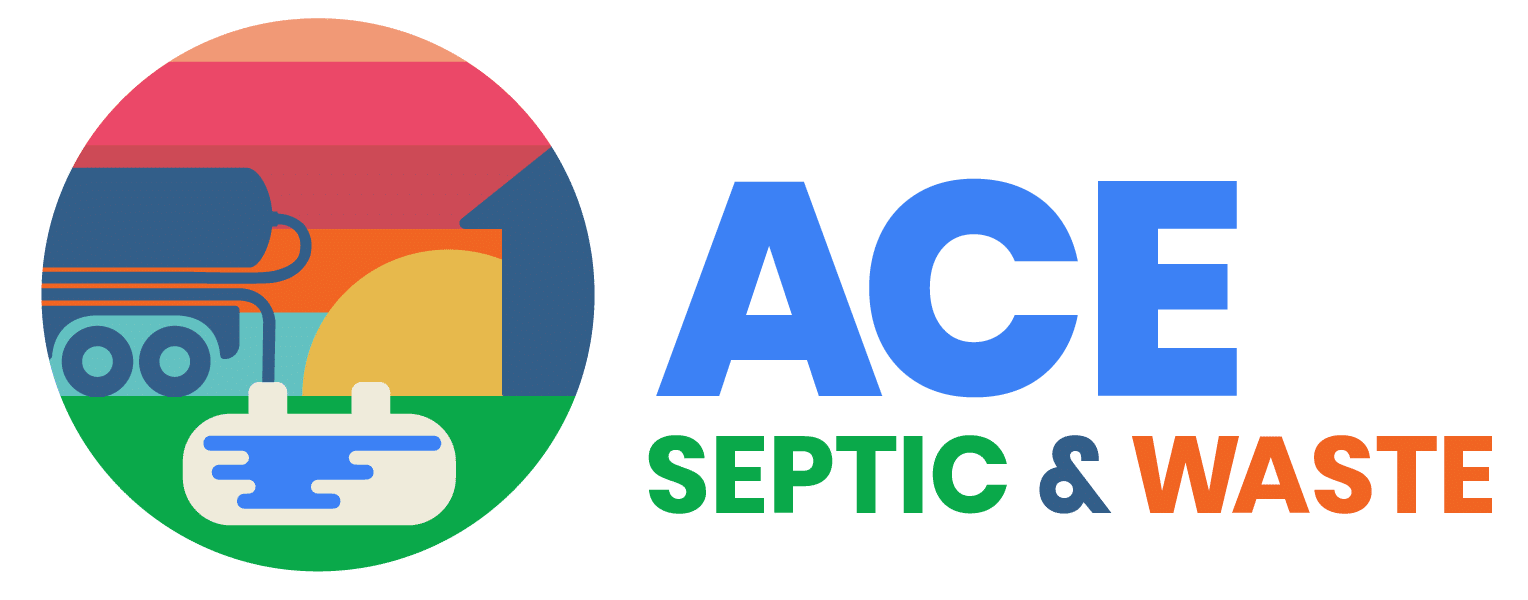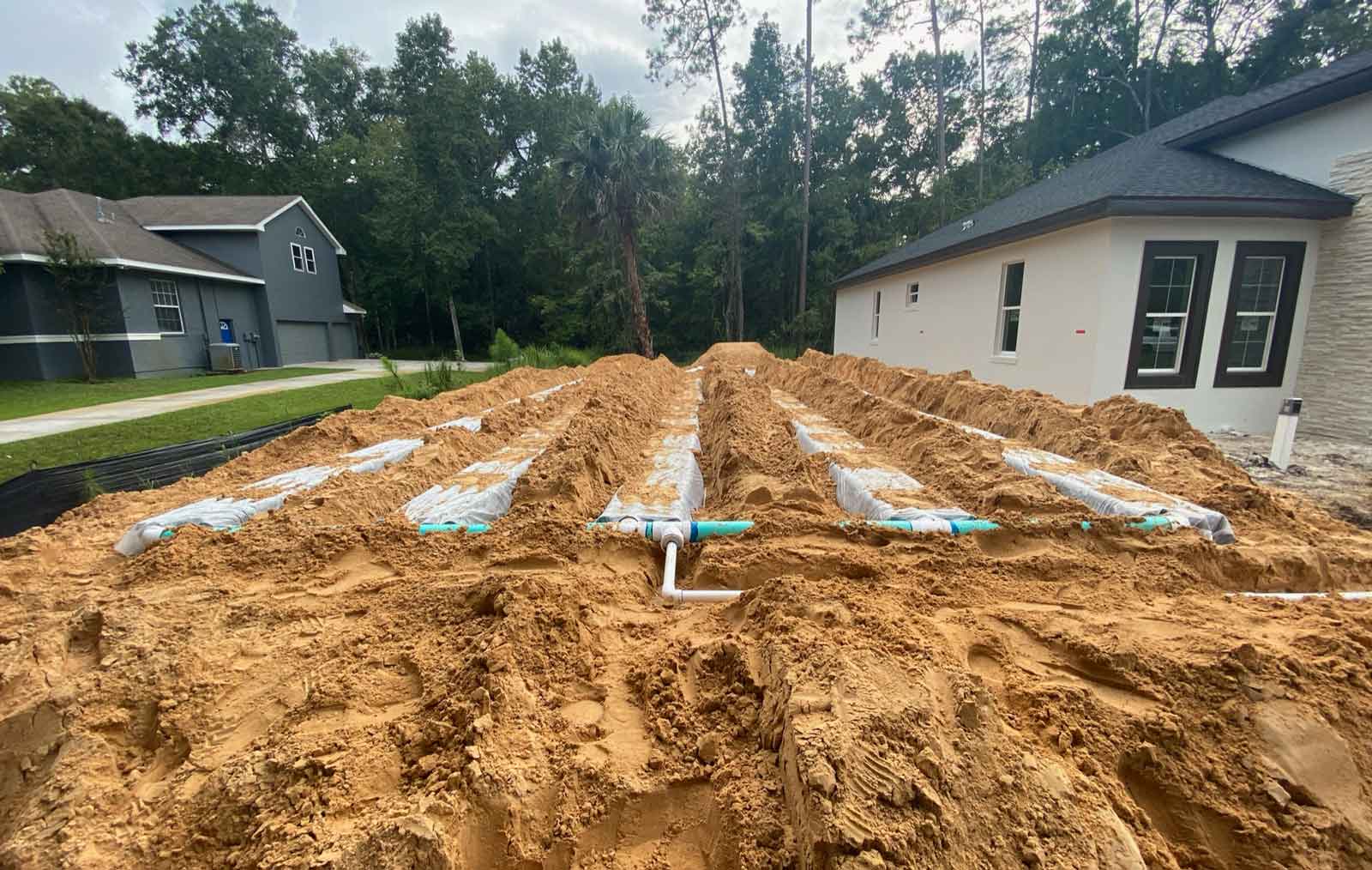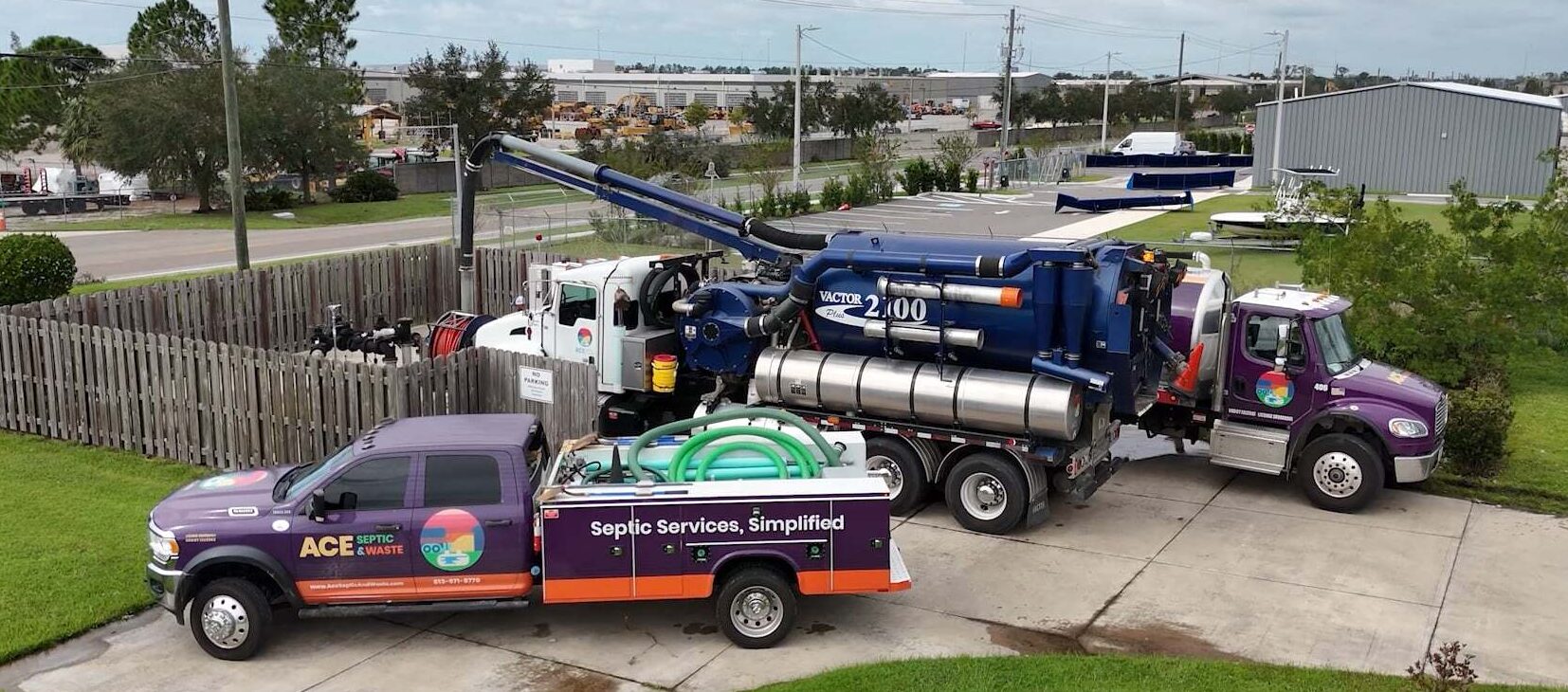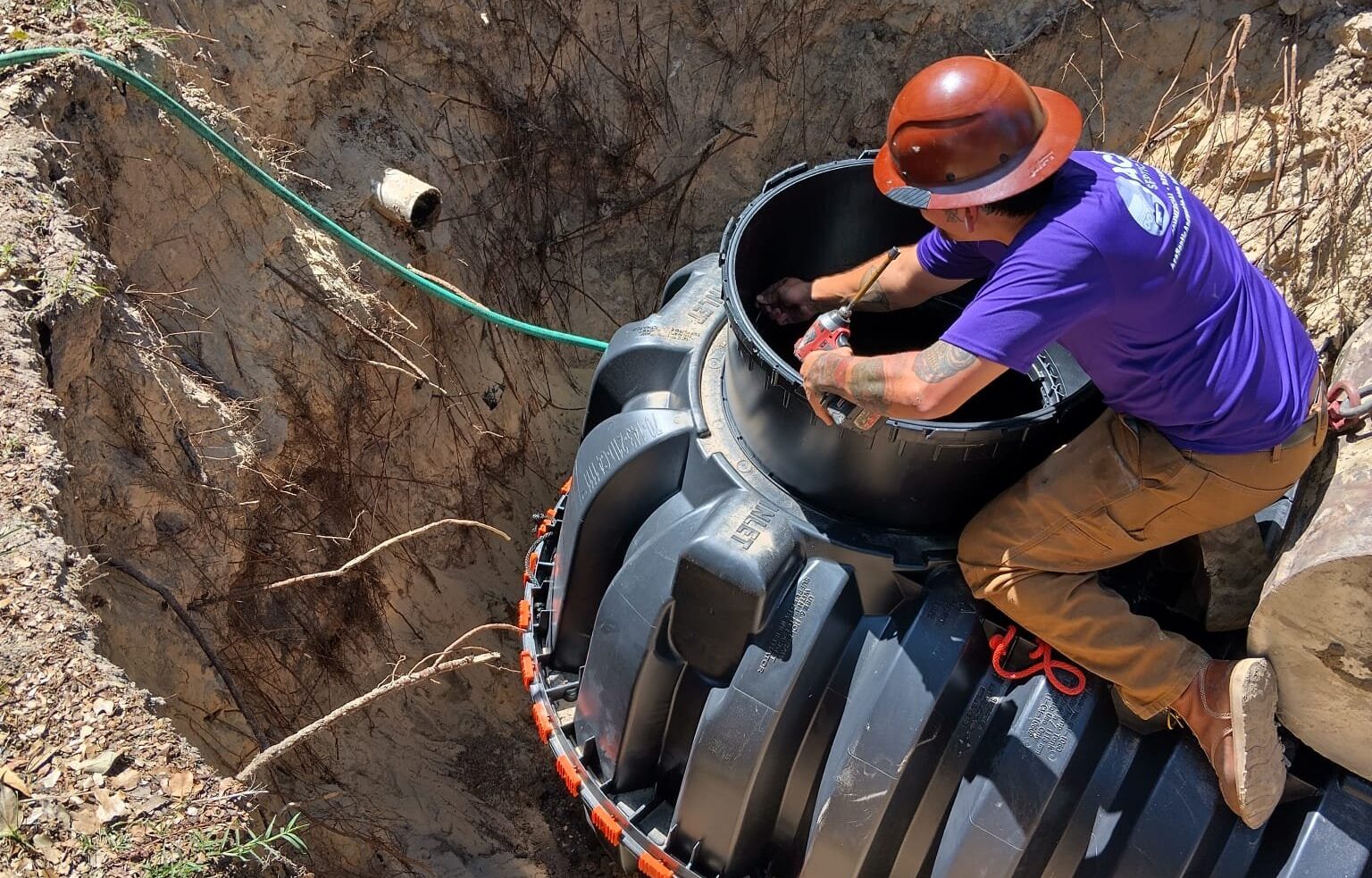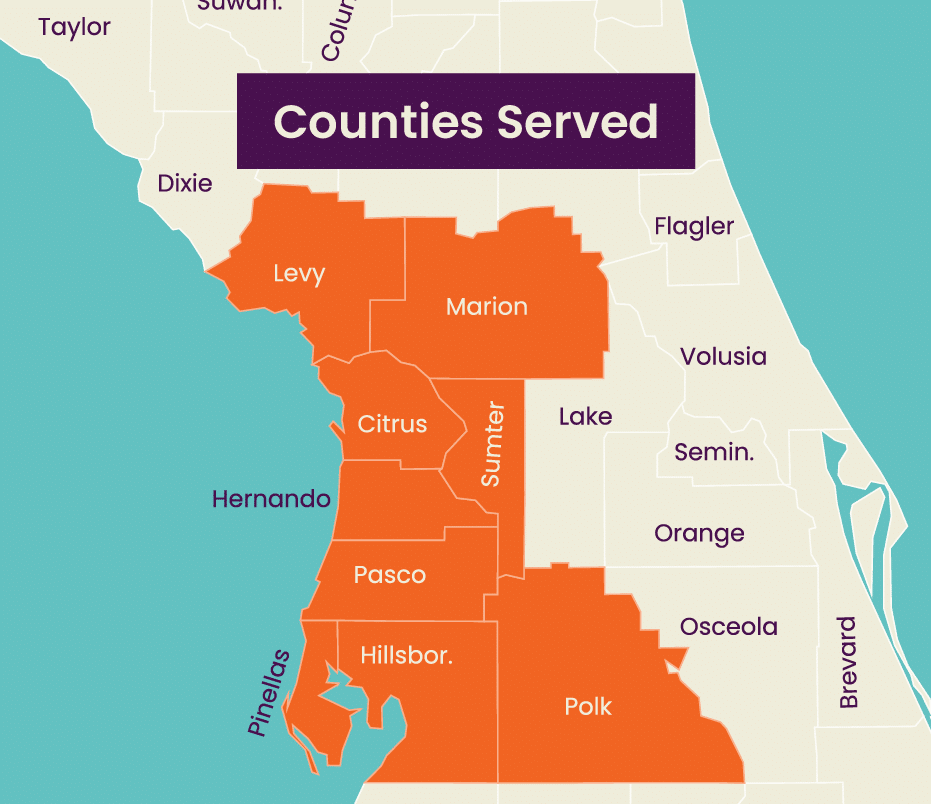If you live in Florida, you’ll quickly learn that your home may require a mound septic system.
Sand mound septic systems are one of the most common extensions of a septic system in Florida due to our state’s water table. The mound system gets constructed from septic-approved sand.
As part of the installation process, a mound system must have a stabilization inspection. We’ll discuss why that matters for the long-term health of your septic system and for Florida at large, but first, you must understand why your property may require a mound system.
Why am I required to have a mound system?
A sand mound system helps provide an elevated area for groundwater to get pumped to when a drainfield would otherwise fail from saturation due to its proximity to the water table. Furthermore, Florida’s legislation has particular requirements about which properties or businesses require a mound system based on the degree of separation between the drainfield and the highest point of the water table. The combination of protecting our state’s aquifer and the fact that a drainfield would fail without implementing a mound system informs the requirement for a mound system from property to property.
How much does a sand mound septic system cost?
Any homeowner in this category should expect their septic system installation to be $3,000 – $4,000 more to account for the mound extension. If you’re unsure, an inspection will illuminate your property’s unique requirements, which you’ll need to understand as you go through the permitting process.
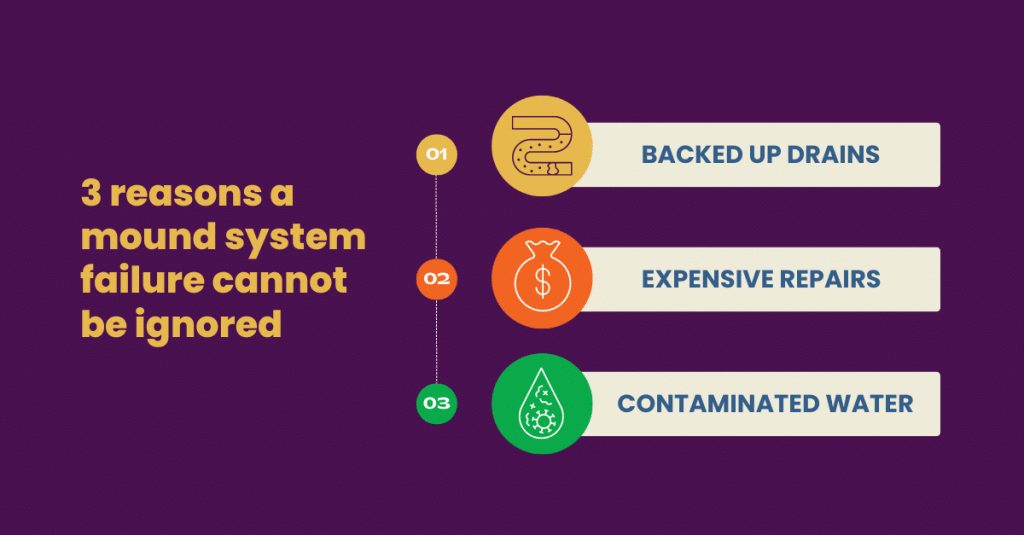
How does a sand mound system work?
Once installed, a mound septic system has a relatively simple process.
First, the effluent water flows from the house to the septic tank. The solids then fall to the bottom of the first chamber of the tank, while the effluent flows over the baffle (the half wall in the middle of the tank) and into the second chamber. From there, the effluent flows into the smaller dosing tank. The pump then “doses” the water up towards the mounded drain field.
A mounded drain field must contain a high water alarm. If the pump malfunctions and the water level in the dosing tank goes higher than the set volume, an alarm will sound. The Health Department requires this alarm, which should get mounted near the tank or wall-mounted on the home.
As the effluent trickles through the soil toward the groundwater, microorganisms work to remove impurities.
Why stabilization matters in sand mound septic systems
When mound systems are installed incorrectly or not stabilized promptly, erosion will occur.
Erosion occurs when the mound isn’t stabilized with sod. The rainwater will erode the mound without grass holding the mound together. ACE does not provide landscaping services such as sod installation, but can help by recommending local vendors that do. Once the stabilization with the sod is complete, ACE will coordinate the final inspection. This inspection must be completed to close out the permit.
If the mound is allowed to erode, the drainfield will become exposed and can be compromised. If this happens, the system will be unable to drain causing not only back-ups in the home, but environmental hazards such as wastewater pooling at ground level and possible ground water contamination.
Aside from being a health hazard, erosion can be a hefty burden on your budget. Replacing or repairing a mound septic system costs thousands of dollars you may not need to spend if the mound gets adequately stabilized.
Since a compromised mound system can negatively affect your health and jeopardize the purity of Florida’s drinking water, mound system failures cannot be ignored. You won’t be able to push the repair to a more convenient time for the risk of fines.
What can you do to protect your sand mound system after stabilization?
Assuming your mound system is installed correctly and stabilized, the next logical step is to do what you can to prevent any damage to your septic system, including the mound system.
Whether or not a septic system has a mound extension, proactive maintenance is heavily encouraged. If your system requires a mound system, then proactive routine maintenance such as pumping the tank, cleaning the filter, and regularly inspecting the pump and high water alarm to ensure nothing improperly flows into the mound system. Remember that the added cost of installing a mound system could mean more expensive repairs if the septic system fails. For all proactive maintenance, you’ll want to hire a professional contractor like ACE, especially since we’re experts at understanding the relationship between septic systems and Florida’s water table.

